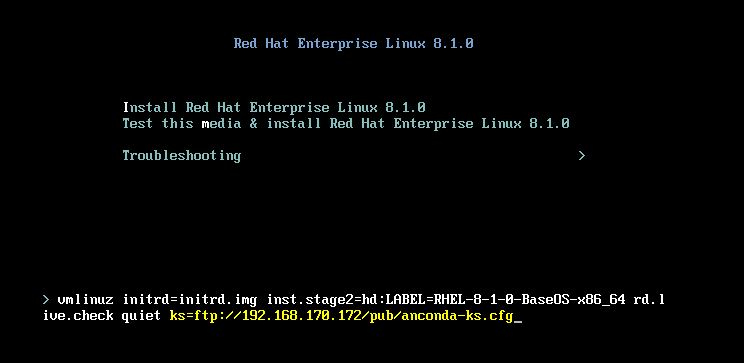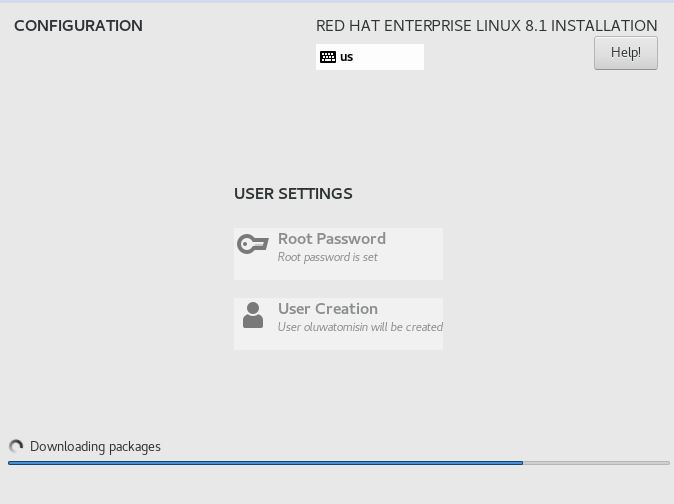
In this lesson, you will learn how to use kickstart in Linux. You will also learn what a kickstart file is, how to create a kickstart file, and the step by step process of how to run a kickstart installation using FTP as the installation source.
Contents
Installing one or two RHEL systems may seem a little bit easier. How about installing about 40 to 100 RHEL systems? Are you going to have to do this one after the other? I am sure you may spend the whole day and even more doing this onerous task, hence why there is kickstart installation to simplify this type of installation.
Kickstart in Linux is used to carry out unattended RHEL system installations in which a user or an administrator does not have to take charge of the installation provided the installation parameters/configurations are defined in the kickstart file.
With kickstart, RHEL installation will be automated with a kickstart file, the kickstart file will answer all the installation questions, and it works for both physical and virtual environment.
Depending on the design of your environment, you can create two or more kickstart files with different configurations.
kickstart file can be generated/created in several ways
1. By using the anaconda file of an already installed system.
The anaconda file of an already installed system can be used. You can install one RHEL system as an example of just the way you want the other systems to be installed, and use the anaconda file as your kickstart file, or edit the anaconda file of an already installed system to suite your kickstart file for installation
The anaconda file of an installed system can be found in the home directory of the root user
The anaconda file is a file that is automatically created by the anaconda installer during system installation. It collects the necessary installation information and creates it as a file after the installation is completed.
The anaconda file (anaconda-ks.cfg) is highlighted in yellow as shown below when the “ls” command was used. The “initial-setup-ks.cfg” file can also be edited and used for a kickstart installation.
[root@DRDEV1 ~]# ls
anaconda-ks.cfg Documents initial-setup-ks.cfg Pictures Templates
Desktop Downloads Music Public Videos
When you open the “anaconda-kscfg” file, you will see the installation configuration that was selected during system installation.
2. By using the Red Hat kickstart generator
The Red Hat Kickstart generator is a program developed by Red Hat to simplify the creation of kickstart file. It is a very powerful program to help select different options and parameters as to which how you want the OS to be installed.
click here to use the application.
For effective automated installation of mass deployment, Kickstart will be used with other services such as PXE, NFS, HTTP or FTP.
PXE will be used for preboot execution, the installation source can be NFS server, HTTP server, or FTP server, while the DHCP server will be used to dish IPs to the systems that will be installed
In this tutorial, we will look at how to use kickstart for automatic installation using the DVD/ISO and FTP not to go out of scope. In other tutorials, I will show you how to use other services for kickstart installation.
1. Start the OS installation
2. Press the tab key by following the “press the tab key directive”
3. Enter the parameter as highlighted in yellow below
ks=ftp:<FTP IP or FQDN>/pub/<kick-start-file>
4. Press enter to start the kickstart installation

Your feedback is welcomed. If you love others, you will share with others
Hello is this linuxazure from fiverr
Hi Powell, Please can you send me an email on info@tekneed.com pending the time my account is being rectified. Thanks.